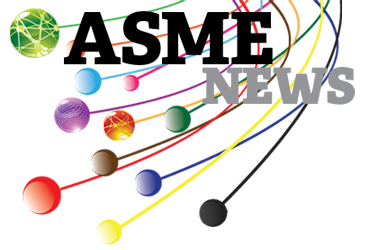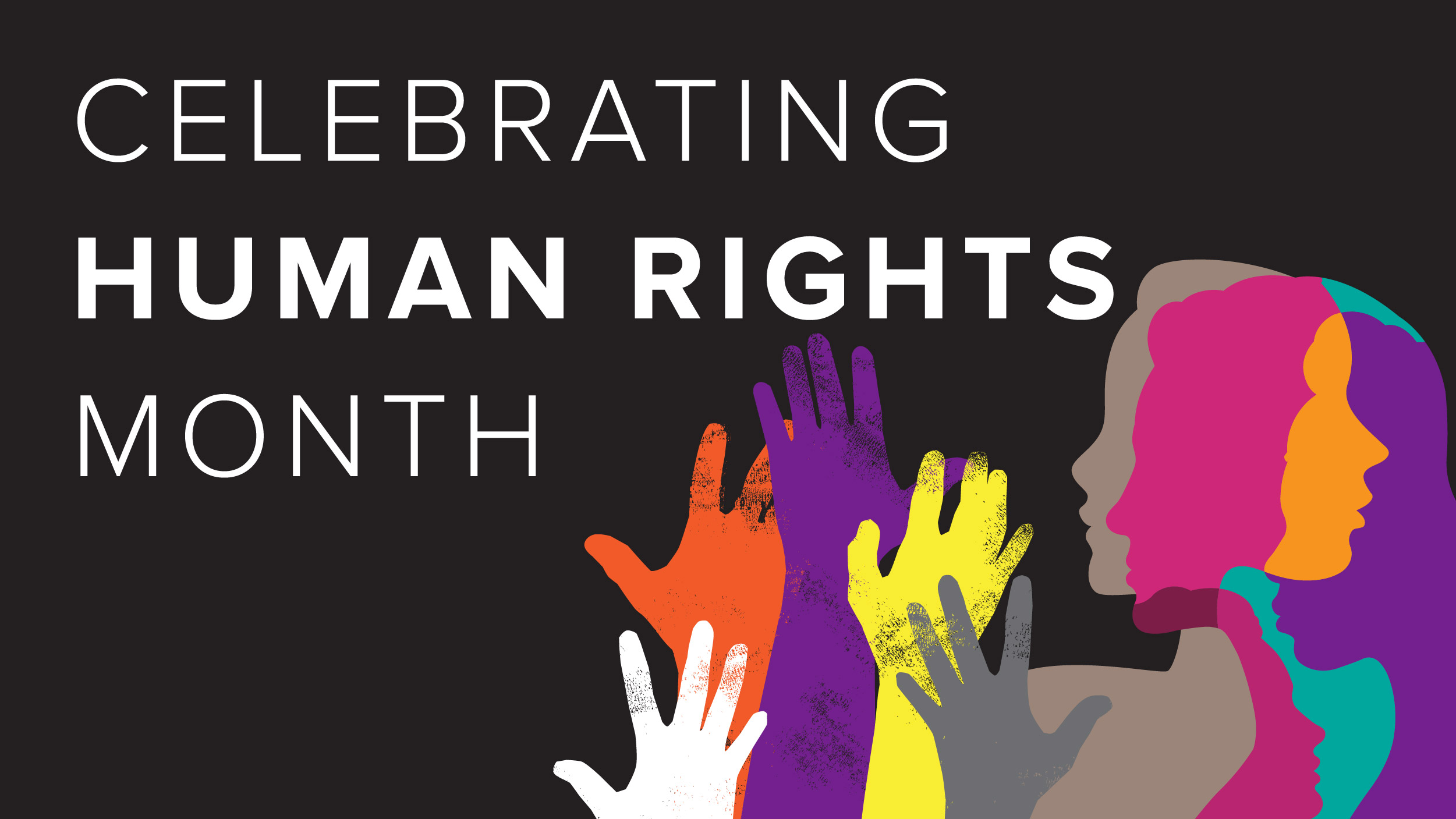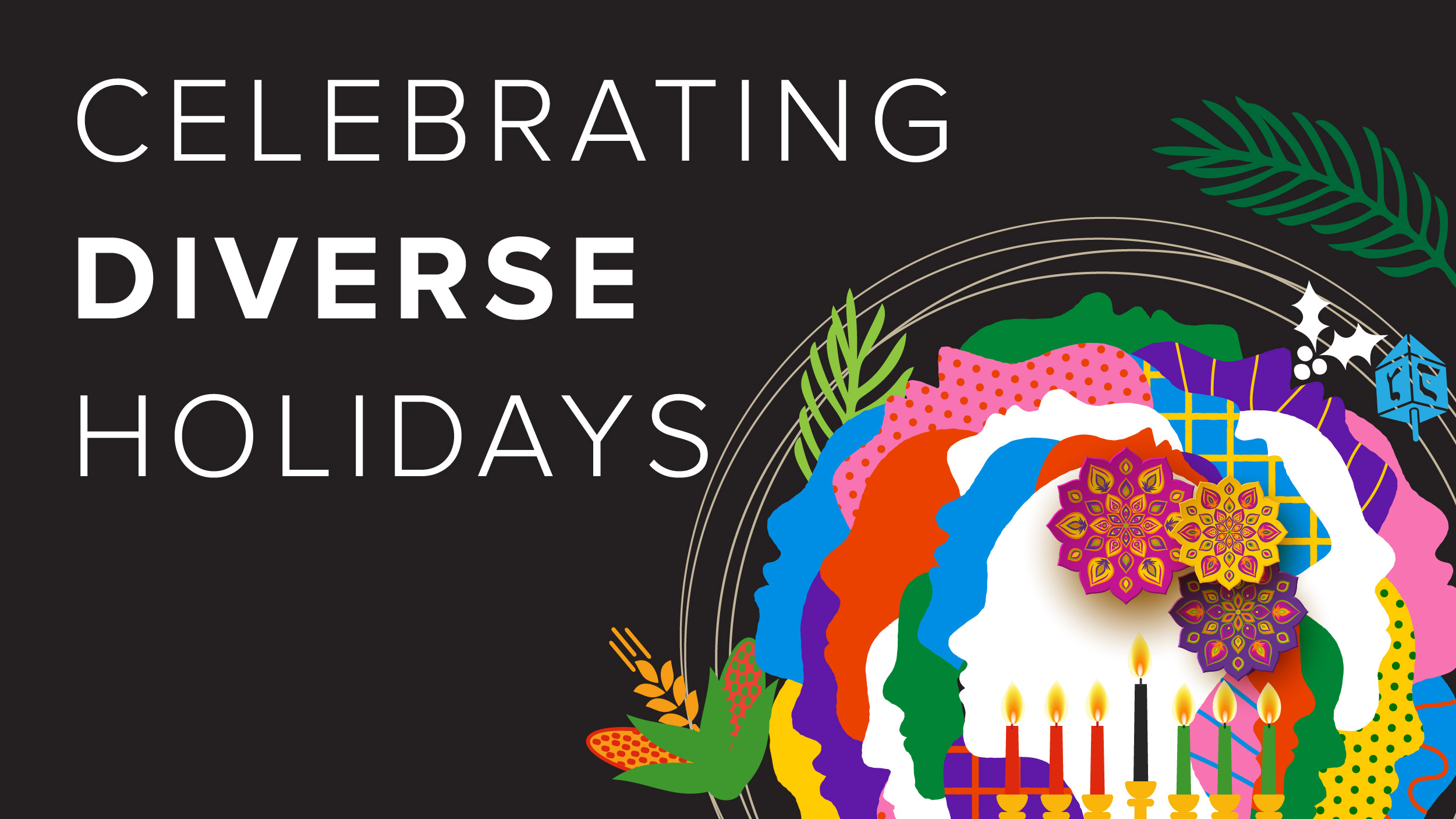Presidential ‘Week of Making’ Features Maker Faires and an ASME Congressional Briefing
Presidential ‘Week of Making’ Features Maker Faires and an ASME Congressional Briefing

President Barack Obama recently declared June 12-18 the "Week of Making.” The event commenced with the inaugural Capitol Hill Maker Faire on June 11, which was held at the Rayburn House Office Building. Sponsored by the Congressional Maker Caucus, the Faire featured more than 20 makers from across the country. Some members of Congress attended, including House Minority Leader Steny Hoyer (D-MD).
Caucus Co-Chair Mark Takano (D-CA) thanked ASME for assisting the Caucus and makers on the day of the event. One of the maker organizations participating in the event was GRIT, a social enterprise startup based in Cambridge, Mass., with an ASME connection: Amos Winter. Dr. Winter, who serves as GRIT’s chief scientific advisor, won first prize at the 2010 ASME Innovation Showcase for his entry, the Leveraged Freedom Chair. Now called the GRIT Freedom Chair, the lever-propelled wheelchair was designed to traverse the rough terrain often found in developing countries. GRIT also just launched a U.S. version of the chair, which started to be available earlier this month. To learn more about GRIT, visit http://gogrit.us.
On June 12-13, the National Maker Faire was held at the University of the District of Columbia (UDC), which organizers described as “an all-ages gathering of tech enthusiasts, crafters, educators, tinkerers, hobbyists, engineers, science clubs, authors, artists, students, and commercial exhibitors.”

The event featured several large plenary sessions, which were held in the UDC auditorium. The first plenary, "Embracing the Breadth of Making," was moderated by Monica Ramirez Basco, PhD, of the White House Office of Science and Technology. Nathan Johnson, PhD, of Arizona State University, a member of the ASME Engineering for Global Development Committee, served as one of the panelists and discussed his development work related to sustainable rural electrification, and his experiences leading Arizona State’s Energy Systems Design Environment.
Also, on June 12, the Obama Administration announced several outside commitments related to making. Included in the list was the launch of a newly expanded version of Engineering for Change (E4C) by ASME and IEEE. E4C is a global community of more than 24,000 organizations and individuals dedicated to promoting affordable, sustainable and accessible technology-based solutions for underserved communities worldwide. This new version will launch in late summer of 2015 with a Solutions Library of innovations focused on poverty alleviation. Noha El-Ghobashy, executive director of the ASME Foundation and managing director for Engineering Workforce and Global Development, attended the event on behalf of ASME and Engineering for Change LLC.
Finally, on June 15, ASME, SAE International, and the Council on Undergraduate Research held a Congressional briefing, with the support of the Congressional Maker Caucus and the House STEM Education Caucus, titled “Making a Maker.”

Moderated by ASME Board on Government Relations Committee member Tommy Gardner, the panelists included Christopher Ciuca, SAE’s director of pre-professional education; Neal Orringer, vice president of alliances and partnerships at 3D Systems; Nathalia Peixoto, PhD, associate professor of electrical and computer engineering at George Mason University (representing the Council on Undergraduate Research); and Timothy Simpson, PhD, professor of mechanical and industrial engineering and director of the Learning Center at Pennsylvania State University.
Ciuca stressed the importance of K-12 and undergraduate students tinkering, and participating in hands-on competitions, such the SAE Formula One, to get them excited and interested in STEM. Orringer agreed, but also discussed the importance of training for complex items like 3D printers. 3D Systems includes a training component with every 3D printer they donates to a school or library. This helps ensure the printers are used properly, and that students have access. Dr. Peixoto echoed the need for hands-on problem solving. She encourages all of her students to think of problems they can solve to improve their lives through engineering. Finally, while Dr. Simpson agreed that activities like 3D printing interest students and keep them in STEM, he reminded the audience not everything should be 3D printed due to cost or other factors.
For more information about the ASME-related activities that took place during the Week of Making, visit the ASME Future ME Twitter page at https://twitter.com/asme_futureme.
- Melissa Carl, ASME Government Relations




